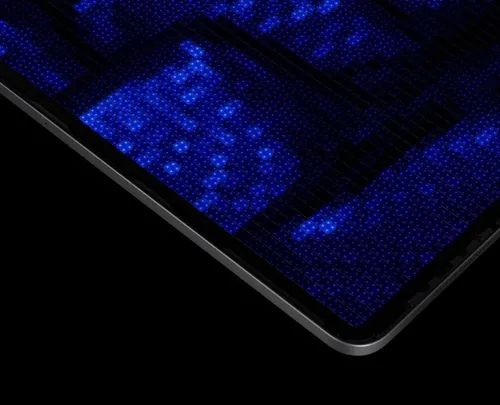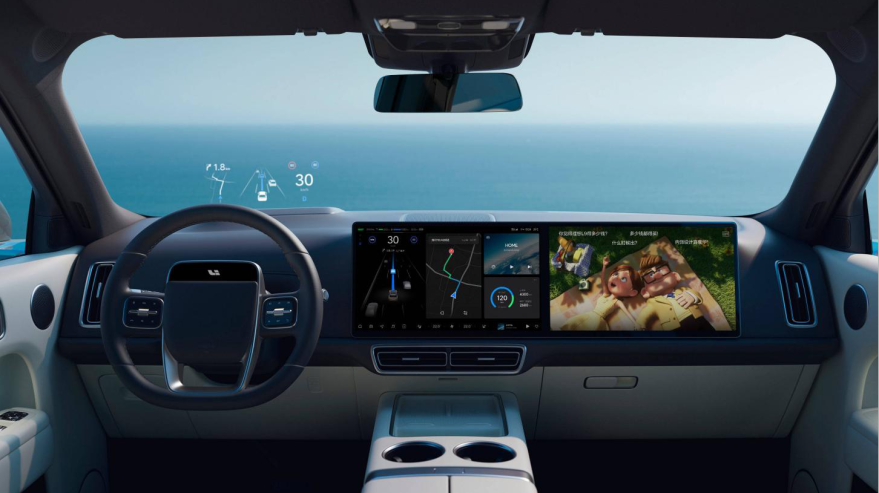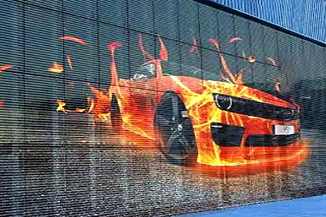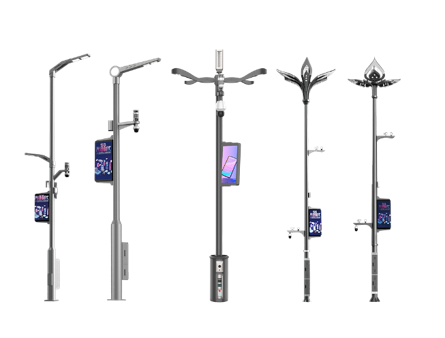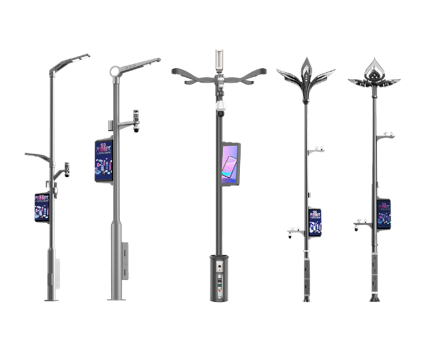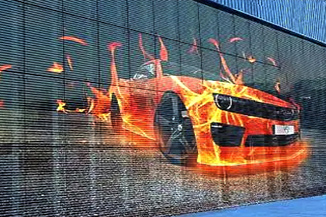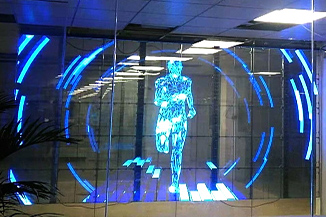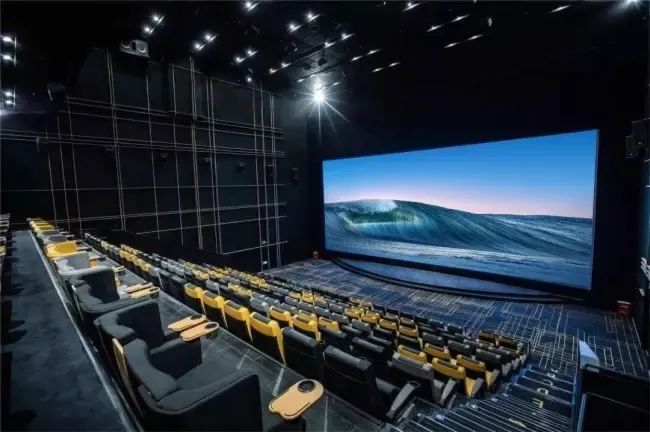Publisher: Supplier of LED Display Time: 2022-11-24 10:06 Views: 1450
A few days ago, the market research organization Futuresource Consulting released a news that it predicts that by 2026, the value of the front projection projection market will reach 4.5 billion US dollars, and the driving force for this growth is mainly from the industry's shift to high brightness, high resolution and Supported by SSL (Laser Light Source).
Although this is news from the projection market, it is not difficult to see that the future market demand for display technology, including projection, will move towards higher brightness and resolution. And this rule is also effective in the LED display market. Therefore, it is not difficult for us to draw a conclusion: the future display technology market may become an era where highlighting is king.
And under such a high-brightness craze, the application of LED screens is expected to be further broadened with the help of this wave.
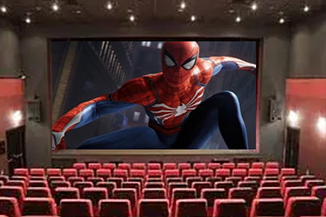
For example, in the field of conference display, the brightness defect of projection is often reflected in the fact that every time a meeting is held, the curtains must be drawn to create a dark environment, which greatly affects the communication among conference members. The same thing also happens in the teaching field. Due to the dark environment, it was difficult for participants and teaching staff to take notes and interact as necessary.
Also noteworthy is the film market. If the film projection technology that has been "dominated" by projection for many years can still perform well in the 2D era, then, with the advent of 3D films and a large number of releases, some cinemas that use projection will show brightness when showing 3D films. Insufficient, the picture is dim, and the problem of dizziness after watching for a long time affects the perception.
However, LED display technology is quite different. As we all know, LED screens were originally born for outdoor advertising applications. Display devices that can adapt to outdoor viewing under strong light have naturally quite high brightness. In fact, with the birth of small-pitch LED displays in the later stage, after LED screens enter the indoor application market, the problem of "low brightness and high gray" still needs to be solved, that is, to achieve a more ideal gray scale while reducing brightness.
In short, the brightness index is not a problem at all for the LED screens produced by well-known LED screen companies such as Lianchengfa. Today, LED display has developed into the era of fine pitch, which solves the problem of pixel density, that is, the fineness of picture quality. At the same time, in terms of brightness, the LED screen can be adjusted from low brightness to high brightness, so it can not only be used in theaters to "imitate" traditional dark environment viewing, but also provide information sharing for participants in conferences, teaching and other applications. The convenience of synchronizing with offline interaction. At the same time, in theaters, because it can provide higher brightness, it may bring a new experience of watching movies in a bright environment, and even introduce new businesses such as brand conferences, fan meetings, and script killings to theaters. Service model, and then open up a new blue ocean of business on the basis of the original business system.
Of course, in some market applications, LED screens may overlap with laser generation. For example, in the field of home display, there is competition between LED TVs and laser TVs; in the field of movies, there is competition between LED movie screens and laser projectors. However, in any case, more markets have extended an olive branch to LED screens. In the era when highlighting is king, LED screens must be able to feel like a fish in water.
Source: Projection Times

